Running an HVAC business in 2021 is going to be challenging. There is no question at all about that. New energy-saving initiatives, green systems, and let’s not even get started on COVID-19. With 2021 right around the corner, this complete guide to HVAC software will have you prepared for what is coming in the new year.
In this guide we’ll talk about:
- What these projects mean to HVAC businesses?
- Where is maintenance planning coming into play?
- How are people being affected?
- What part does mobile play?
Chapter 1:
Intro To HVAC Software

What is HVAC Software?
HVAC software is a form of field service management software that is designed specifically for the HVAC industry. It is one software solution that helps you coordinate all the activities of your business, such as maintenance contracts, installation projects and emergency repairs. With an HVAC software you can schedule and dispatch your technicians with a workforce management tool, have complete service history with a work order management module, and with integrations to CRM and ERP systems, have access to customer information, parts and invoicing.
If there is a process your business follows to complete service, HVAC software is going to provide you with a way to do it better, automating many of your daily processes. It is literally every aspect of your business, from planning and quoting, to job management, to invoicing, all in one software.
According to Field Service USA’s 2020 Report, only 55% of field service businesses say their current software solution actually meets the goals and needs they have as a business.
And many HVAC businesses aren’t running HVAC software, or aren’t happy with the solution they currently have.
What are the goals and needs HVAC businesses are looking at?




That sounds exactly what commercial HVAC businesses are trying to do in 2021. The problem is, many companies in this industry are still doing things manually, or with an out-of-date process. Things such as:




All-In-One HVAC Software Solution
What kinds of products does your business offer?
- Retrofitting energy systems
- Building automation
- Piping, plumbing and duct work
- Chiller upgrades
Do you offer maintenance contracts on all of those services? How are you handling the installation? Who decides which technician visits for a service call? Are your invoices getting to the customer on time?
Those are a lot of questions that HVAC businesses are asking and HVAC software is answering them all.
As we continue through this Complete Guide for HVAC Software, you’ll notice how 2021 is shaping up to be the year that having your business on HVAC software is not only a must for any businesses, but especially those who are servicing the next generation of HVAC equipment.
Chapter 2:
HVAC Management:
Installing the Newest Technology

The new normal in HVAC is energy solutions. It’s all about saving on electricity and natural gas annually. Reducing the carbon footprint is a personal choice, but HVAC is already moving in that direction to help limit CO2 emissions.
So what are customers asking for now?
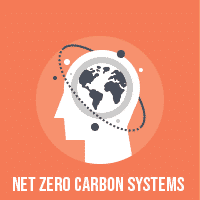



So when a customer calls wanting one of these new systems, how do you go about installing it? Installation projects require a lot of man-hours, requisitions, budgeting, and planning to pull them off. They can be as short as a couple of days, all the way to a year long process. And along the way, there are plenty of places to see revenue slip and the project go off the rails.
What Role Does HVAC Software
Play In Energy Projects?
For these new energy retrofits, some form of HVAC management solution is needed. Field service software that has a project module is exactly what is needed to complete an installation from start to finish. That’s because it takes you through the process from start to finish.
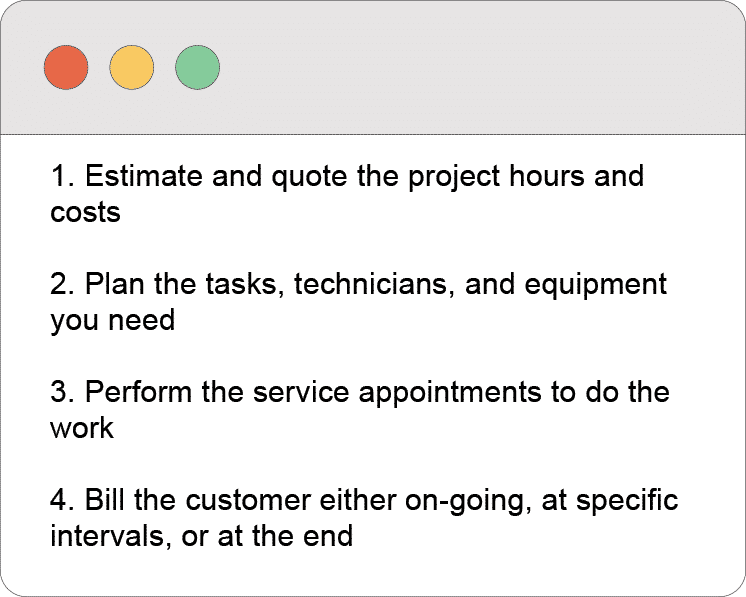
One of the most important aspects of any project is the budget and job costing. That’s the bottom-line number, what you’re bringing home after it’s all done. Jobs can be won and lost on bad budget planning. With HVAC software, however, it’s something you can become better at quickly through the use of analytics, as you can see what has been your most successful projects in terms of revenue, and use them as a carbon print for future projects you have coming in the future.
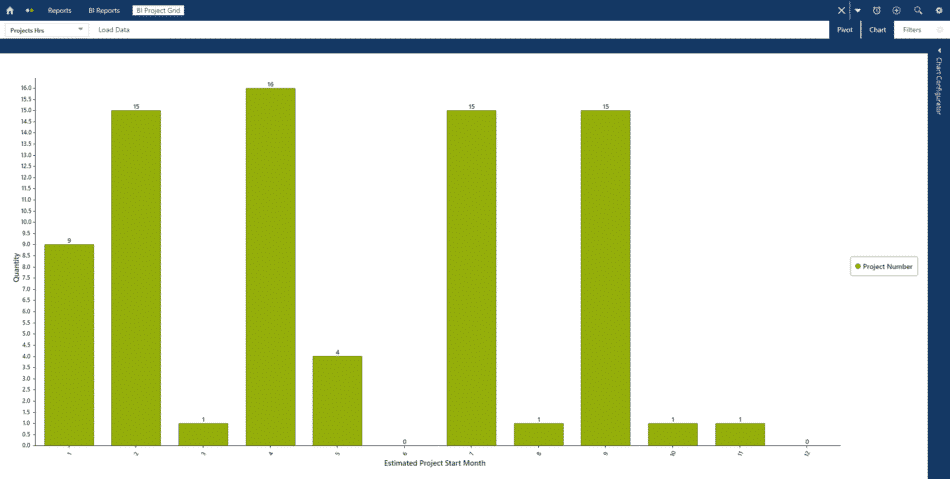
Planning timelines and tasks is how you know how long the installation will take. There are many steps to a project, which need to be done in order. But more importantly, it can dictate what people you need on site and at what time.
In fact, HVAC businesses who used to have their business separated into service and installations are now finding they can house everyone under one roof because of HVAC software. They can plan a project, see what all their technicians are doing throughout the week or month, and assign them as needed to either the project or service.
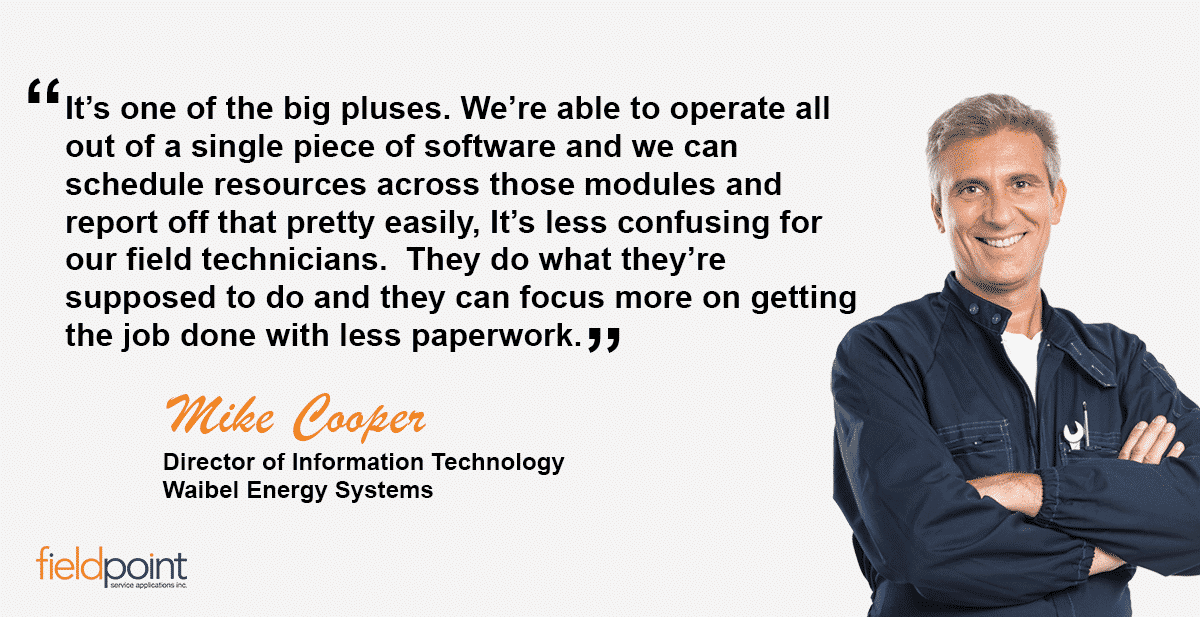
Once installed, it’s time to look into the on-going maintenance of those systems.
Chapter 3:
HVAC Service Software:
Preventing and Predicting Equipment Failure
With these new energy-efficient HVAC units installed, offering service contracts is the next step.
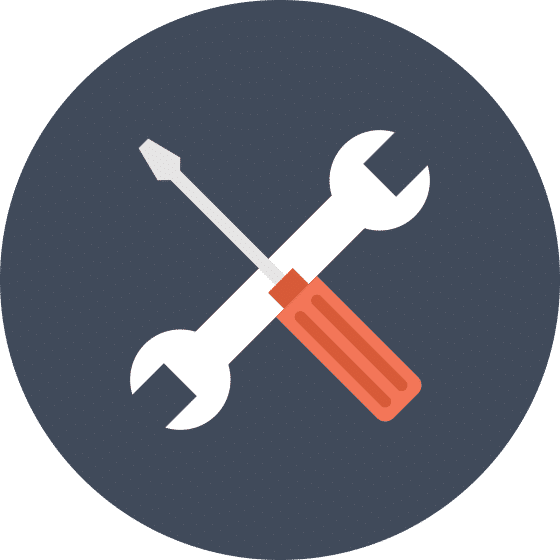
Many HVAC businesses only focus on maintenance because the margins are better, and service is recession proof, as HVAC units always need to be maintained.
And many other HVAC businesses hit the holy grail and do the installation and then attach a service contract to the new unit and provide on-going maintenance. General maintenance contracts in today’s field service landscape include:
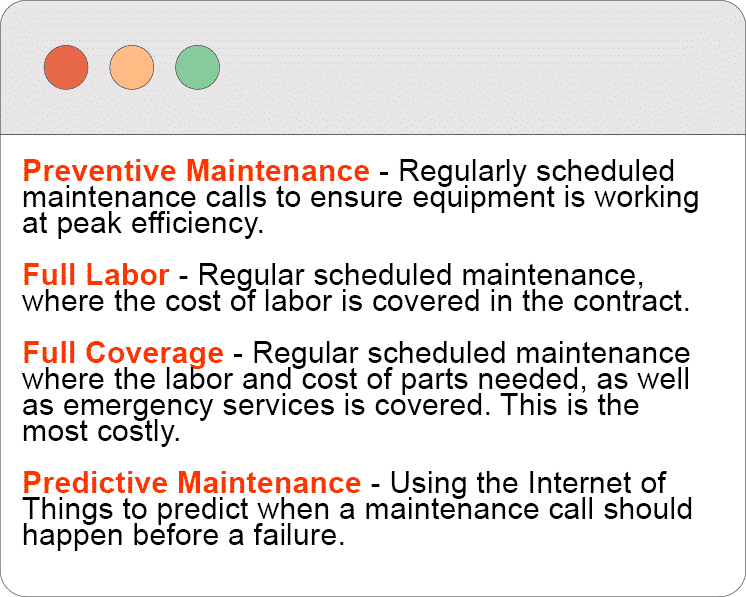
For an HVAC business, handling all these types of hvac maintenance contracts can be a challenging task, especially when maintenance schedules are produced. Each customer could have a different maintenance requirement, on a different timeline, with different assets that need specific attention. Not all contracts are the same and scheduling those contracts can be difficult.
Heading into 2021, however, if you haven’t automated this process, and let an HVAC software handle creating work orders on the schedule you built for the customer, it’s possible appointments get missed. And that’s a drastic hit to the customer experience.
Turning to HVAC Service Software
For Maintenance Planning
By automating your service maintenance schedules, you’re letting your HVAC service software produce the work orders, checklists and adding any parts to the appointment needed every time that appointment time comes around.
That’s a lot of time off your back-office staff’s plate having to produce those work orders, going through contracts, or having a whiteboard or spreadsheet of when service calls should be happening.

HVAC software will produce the work order with all the information needed for the technician, and your dispatcher simply finds a time to schedule a technician and get the repair done.
This enables you to become a high-efficiency business, as you can start to offer any kind of contract you can think of, knowing the automation will handle the tough work for you.
And with work orders being produced and ready to be scheduled, you are now ready to have your HVAC service software take the next step in dispatching technicians for those calls.
Chapter 4:
HVAC Dispatch Software:
Getting the Right People, To the Right Job
It’s often said in field service that a dispatcher’s job is to get the right people, with the right skills, with the right parts, to the right job. That’s no simple task, especially with work orders, appointments and projects to all schedule for.
To manage all of this incoming service, equipping your team with HVAC dispatch software will give them clarity into scheduling and dispatching their team of technicians. Remember, with an HVAC software, many businesses are now combining their installers and maintenance technicians into one team. That’s because the dispatch now has greater visibility into the entire business from their HVAC software.
They can see which projects are on-going, how far along they are, and what technicians are scheduled for those projects. They can see what else is on each technician’s schedule for the week or month ahead. And they see each work order that has been generated and can start to figure out how to maximize each technician’s time.
Real-Time Look Into Schedules
With HVAC Dispatch Software
One aspect of a great HVAC software is the ability to drag and drop appointments into a technician’s schedule. Why is this important? It gives dispatchers a chance to optimize each technician’s schedule to fit in the max amount of service appointments as possible in a day.
By moving appointments, dispatchers can find room for extra service calls. Even 15 minute spaces after each call can add up to a new service call. And in a world of lowering revenues and margins on service, one of the only ways to earn more revenue is to simply take more service calls.
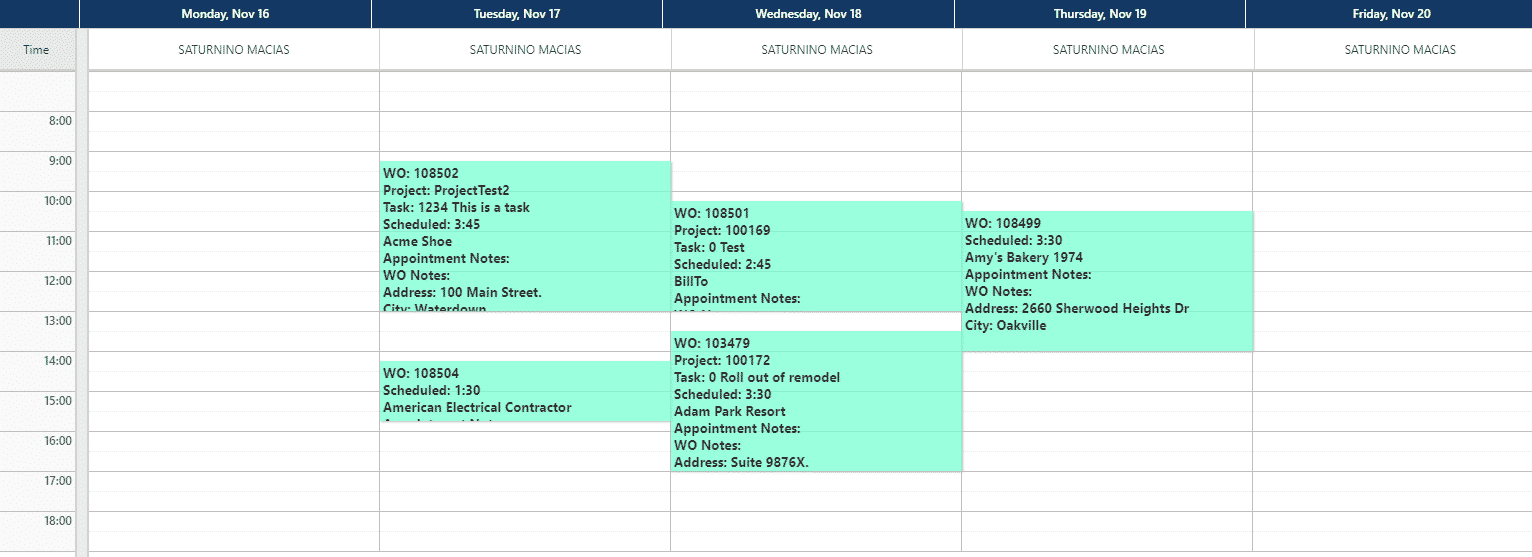
The other benefit of using a HVAC dispatch software is the ability to optimize routes to reduce driving time, which then frees up more time for the technician to complete service calls.
Why have your technicians crossing back and forth across a city, when they can drive to the closest appointment from where they are. By reducing driving time, you not only increase work time in their schedule, but also reduce gas and repair costs.
And with a real-time view into the technician’s movements, in an emergency situation, you can find the closest technician to the service call and route them their quickly. Just add the appointment to their schedule, and they can move along to it right away.
And for your technicians to accept these calls in the field, they are going to need a field service mobile app to help them.
Chapter 5:
Mobile HVAC Software:
Enhancing Your Technicians In The Field

For either projects or maintenance service, getting your technicians information, and getting them to get information back to you, is critical. A lot of things depend on it, the most important perhaps being your billing. The faster you get work orders returned, the faster they can be processed into invoices.
With a mobile field service app that syncs to your HVAC software, you can literally generate invoices from the field, before your technician even leaves the job site.
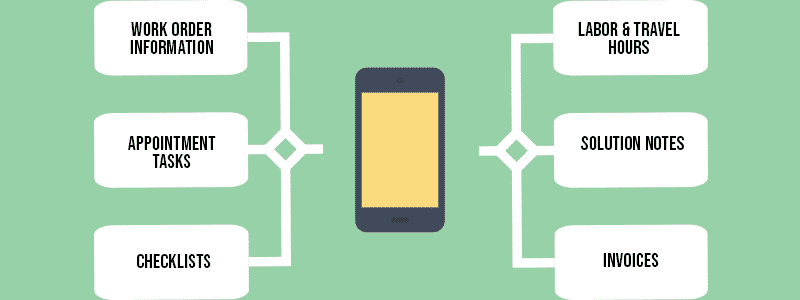
With a synced mobile app, your technician is connected to the HVAC software in the field. Dispatchers can make changes to their schedule, and it automatically updates on their field service app.
This will reduce paper work orders, and the time it takes to process them into invoices, and give real-time status updates as the technician works.
For technicians, it’s a simple tool to use. No more paperwork to carry around or checklists to fill out manually. There can even be how-to guides and repair manuals attached to the work order and appointment that technicians can access if they face a challenging repair. That speeds up repair times, and ensures a high first-time fix rate.
And with everything being done through mobile phones and electronic data, there is no bad handwriting to worry about anymore. That may seem trivial, but for some businesses, it is a real concern when they can’t read a technician’s handwriting in order to complete invoices and reporting information. And missed notes scribbled on the side of a work order requesting additional service or another quote can harm your reputation or bottom line.
Mobile is essential for 2021. It’s part of a basic HVAC software system now that should be deployed to your technicians. And if you use subcontractors, they can use the same mobile app as well, follow the same checklist processes, and have appointment information returned to you, just like your in-house technicians. It’s the workforce management system that your HVAC business needs in 2021.

Conclusion
HVAC Software is going to be the trend in 2021. More and more businesses are going to see the value in moving more into technology than away from it.
It’s all about automating, reducing manual hours, and giving more real-time information. And that is what is going to help generate more opportunities to offer better service, retrofits of energy saving systems, and ultimately, make your customers happy.

